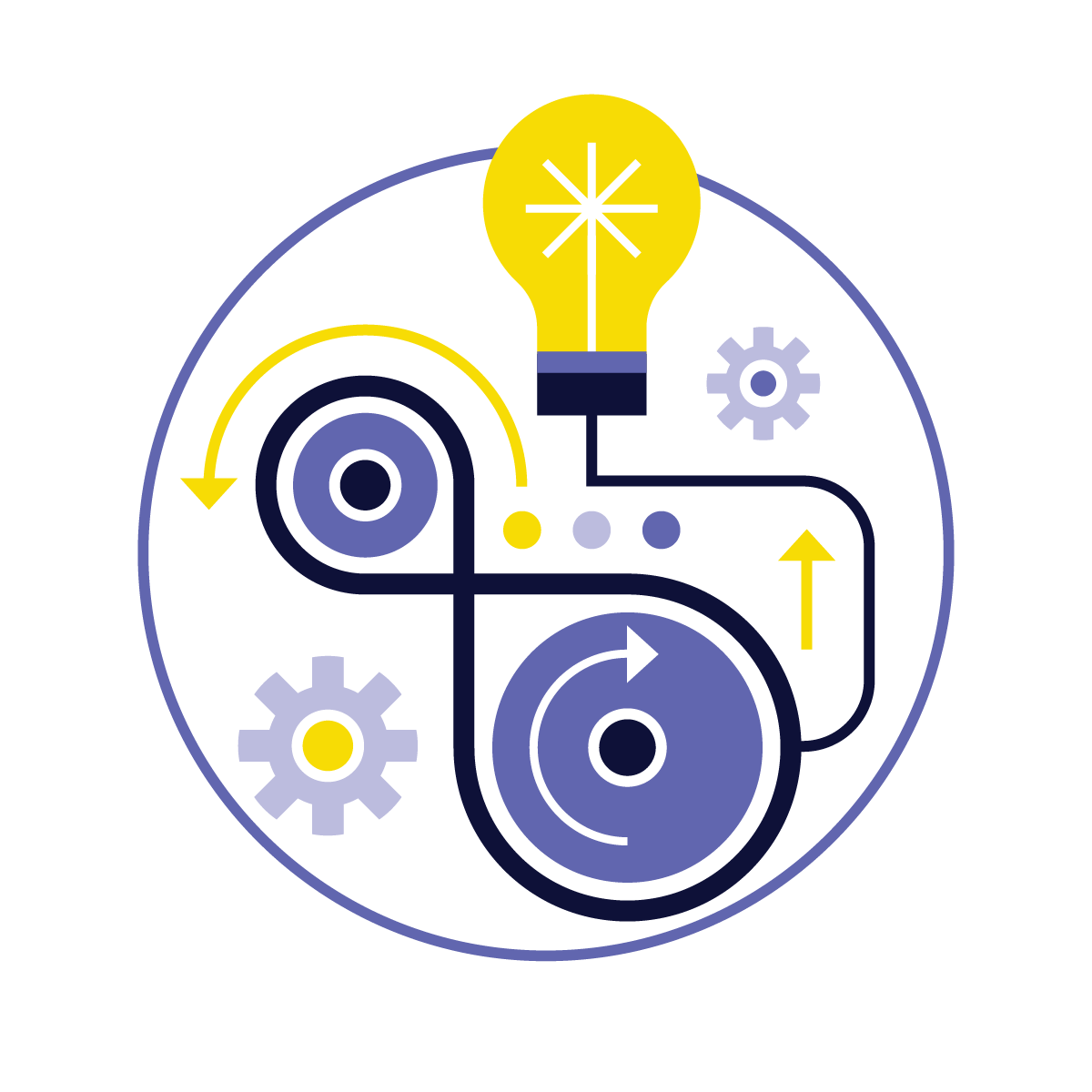Can you think of other ways people and animals work together? Horses, oxen, camels, and elephants help move things and people from place to place. Historically, animals such as draft horses hauled plows through fields to help farmers grow food. Donkeys—strong, gentle, and slow—made perfect riding animals for kids. Today, horses or therapy dogs can help people heal emotionally from hard times.
You’ve heard of these examples. But have you heard of honeyguides and cormorants?
Honeyguides. Hunting for honey? You’ll want one of these little pipsqueaks on your team. A honeyguide is an African bird.
The name says it all. Honeyguides lead people to honey. The birds listen for calls from humans.
Imagine this. You make a “brrrr-hm” sound. A bird flutters in front of your face. Tweet, tweet! It flies to a tree, and then to another. Follow. Inside the trees, you find honey.
What’s the benefit to the bird? After humans harvest the honey, they feast on the beeswax they love.
Cormorants. Ukai, anyone? In this Japanese style of fishing, people work with birds called cormorants. Cormorants are expert divers. Fishers put the birds on tethers (leashes). A leash circles each bird’s neck.
Now the birds dive.
Did the cormorant make a catch? If yes, the fisher draws the bird back and takes the fish from its mouth. The neck tethers keep the birds from swallowing big fish. But they can eat all the little fish they want.
Teamwork in Trouble
Janet Mann is a dolphin researcher at Georgetown University. “Human-wildlife cooperation is disappearing,” she says. Why? Because some kinds of wildlife have lost their habitats.
Scientists hope more people will learn about Brazil’s dolphin fishers. “It’s amazing that it’s lasted for over a century,” says Damien Farine. He helped study the dolphins. He asks, “Can we keep this cultural tradition alive amid many changes?”



















